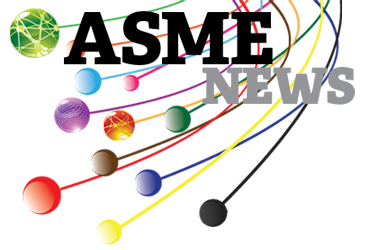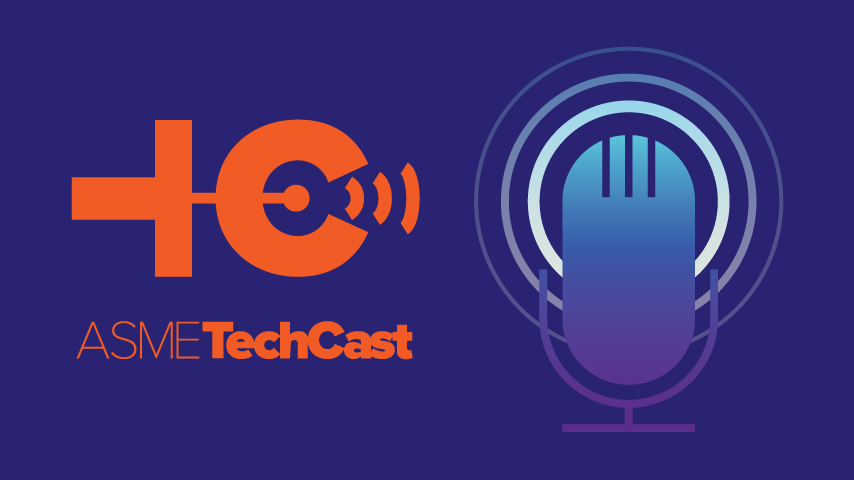Two Students Named Winners of the Inaugural Future Engineers Space Challenge
Two Students Named Winners of the Inaugural Future Engineers Space Challenge

Two K-12 students — Robert Hillan of Enterprise, Ala., and Sydney Vernon from Bellevue, Wash. — were selected as the winners of the inaugural Future Engineers 3D Printing in Space Challenge. The competition, which was developed jointly by NASA and the ASME Foundation and launched last fall, is intended to inspire students from elementary to high school to become young innovators and engineers by learning to create 3D models, and through the possibility of seeing their designs manufactured in space.

More than 470 students from across the United States entered the 3D Printing in Space Challenge, submitting such innovative ideas for devices that astronauts could use in space as an “H20 Comb” that emits water to help astronauts wash their hair, a device for cleaning clothes in microgravity, a retractable claw for picking up objects to be analyzed, and a customizable storage container for spacecraft.
Last month, 10 semifinalists were selected in two categories: the Teen Division, comprised of students aged 13-19, and the Junior Division, made up of students aged 5-12. The four highest-scoring students in each group were then interviewed by a judging panel that included Niki Werkheiser, the in-space manufacturing project manager at NASA’s Marshall Space Flight Center, Mike Snyder, head of research and development at Made In Space Inc., and astronauts Reid Wiseman and Yvonne Cagle.

In the end, Robert Hillan and Sydney Vernon were named the winners of the Teen Division and the Junior Division, respectively. Hillan, a senior at Enterprise High School, designed the “MPMT,” a hand-held, multi-purpose precision maintenance tool that enables astronauts to complete a number of tasks — such as attaching sockets and strip wires — quickly and easily. As the winner of the Teen Division, Hillan will receive a trip to NASA’s Payload Operations Center in Huntsville, Ala., where he will watch via satellite as his multi-purpose tool is 3D printed on the International Space Station. Vernon, a sixth-grade student at Open Window School in Bellevue, Wash., won her category for her model of a two-section, water-conserving planter that would allow astronauts to grow plants on the Space Station. Her prizes include a 3D printer, which will be donated directly to her school.
The Future Engineers 3D Printing in Space Challenge was the first program to result from a five-year agreement the ASME Foundation signed with NASA last year to develop activities to increase interest among young people in science, math, technology, and, in particular, engineering. Matt Schatzle, executive director of the ASME Foundation, was extremely encouraged with the results of the inaugural challenge, in terms of the number of entries, the originality of the students’ designs and the program’s potential educational impact.

“I am beyond thrilled at the participation level and excitement surrounding this challenge, considering we only launched Future Engineers last September, and this was the first challenge,” Schatzle said. “But what is even more impressive is the range and creativity behind the design submissions. I was blown away! I was also really heartened by the parents and educators that promoted this competition. We’ve heard some great stories about a teacher that made this a school project and every student in her class created a model on their own. Or the parent that now conducts weekly 3D CAD design challenges with her two girls after one of her daughters participated in this challenge. These are the kinds of response that you only dare to dream of.”
Details of the next Future Engineers competition will be announced in April on the Future Engineers website, www.futureengineers.org.
To read the complete list of finalists and more details on their inventions, visit www.nasa.gov/content/students-selected-for-winning-designs-of-3-d-printed-tools-for-astronauts. For more information on the Future Engineers partnership, visit the program’s website, www.futureengineers.org.




